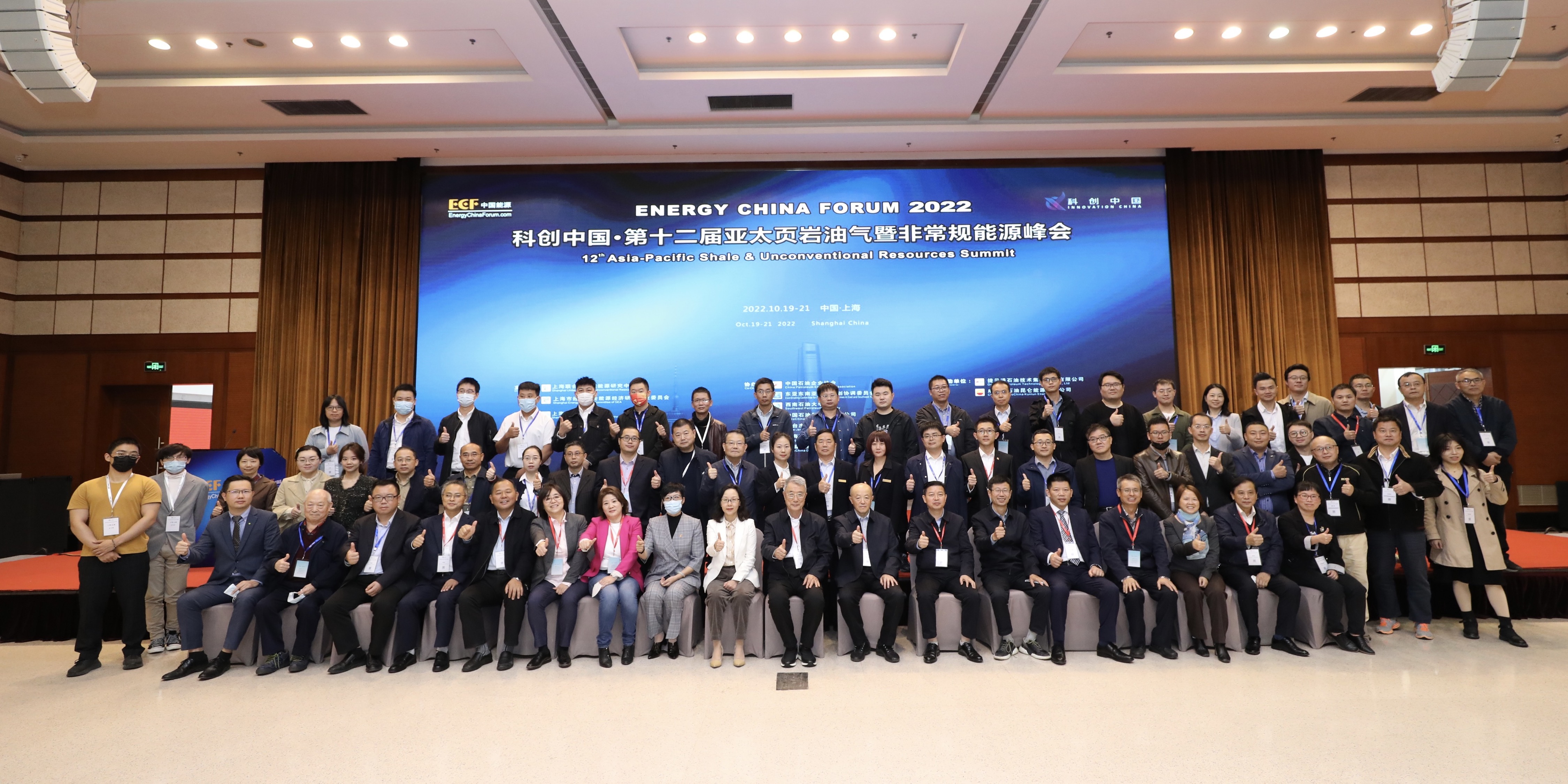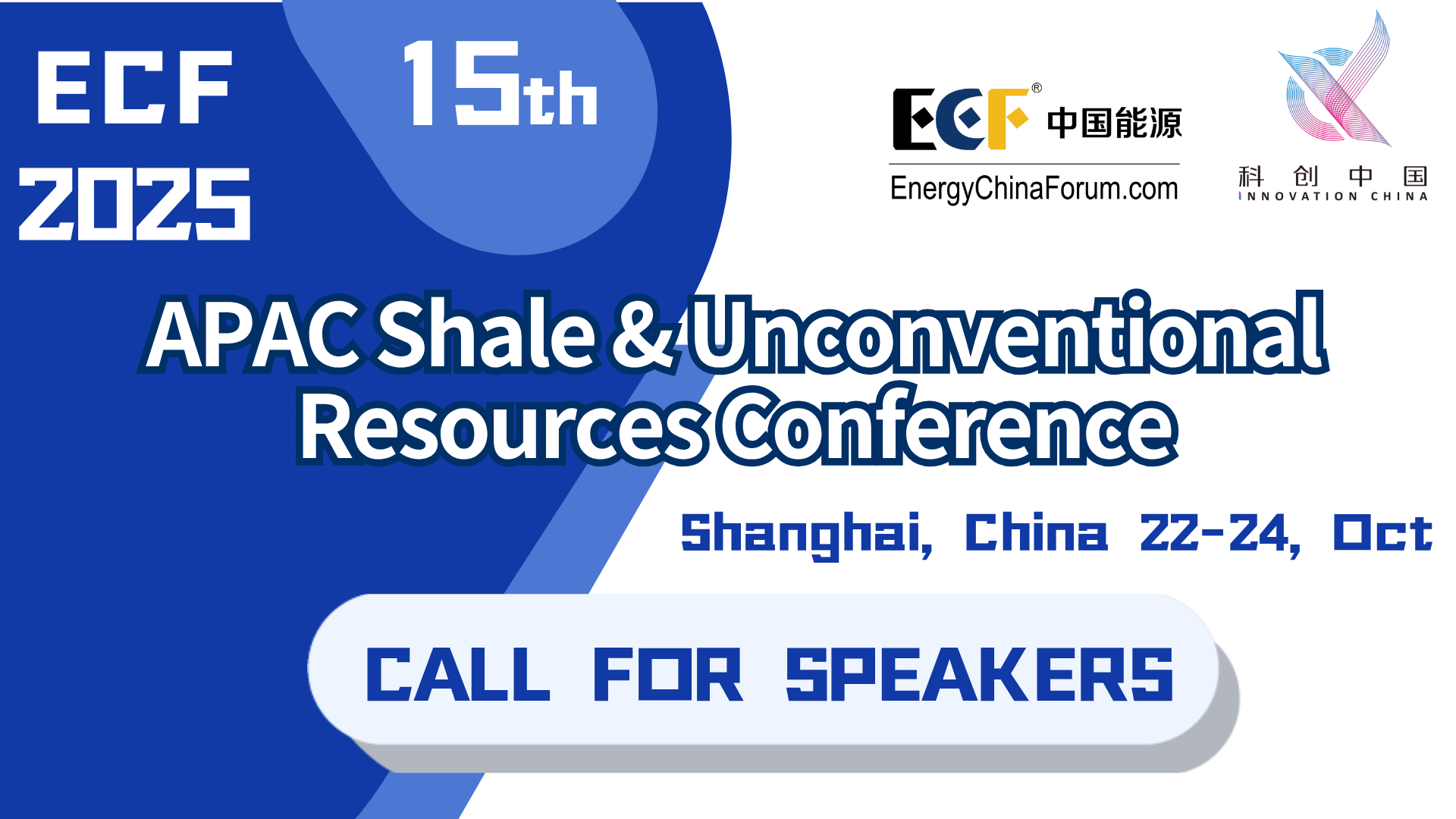Home
News, Data & Reports
Industry News
Sinopec’s BGP Advances Green Seismic Exploration with Tech Innovations
Sinopec’s BGP Advances Green Seismic Exploration with Tech Innovations
Log in or register to continue reading this article,Log in
Disclaimer: The above content was edited by Energy China Forum (www.energychinaforum.com), please contact ECF before reproduce.
Related News




